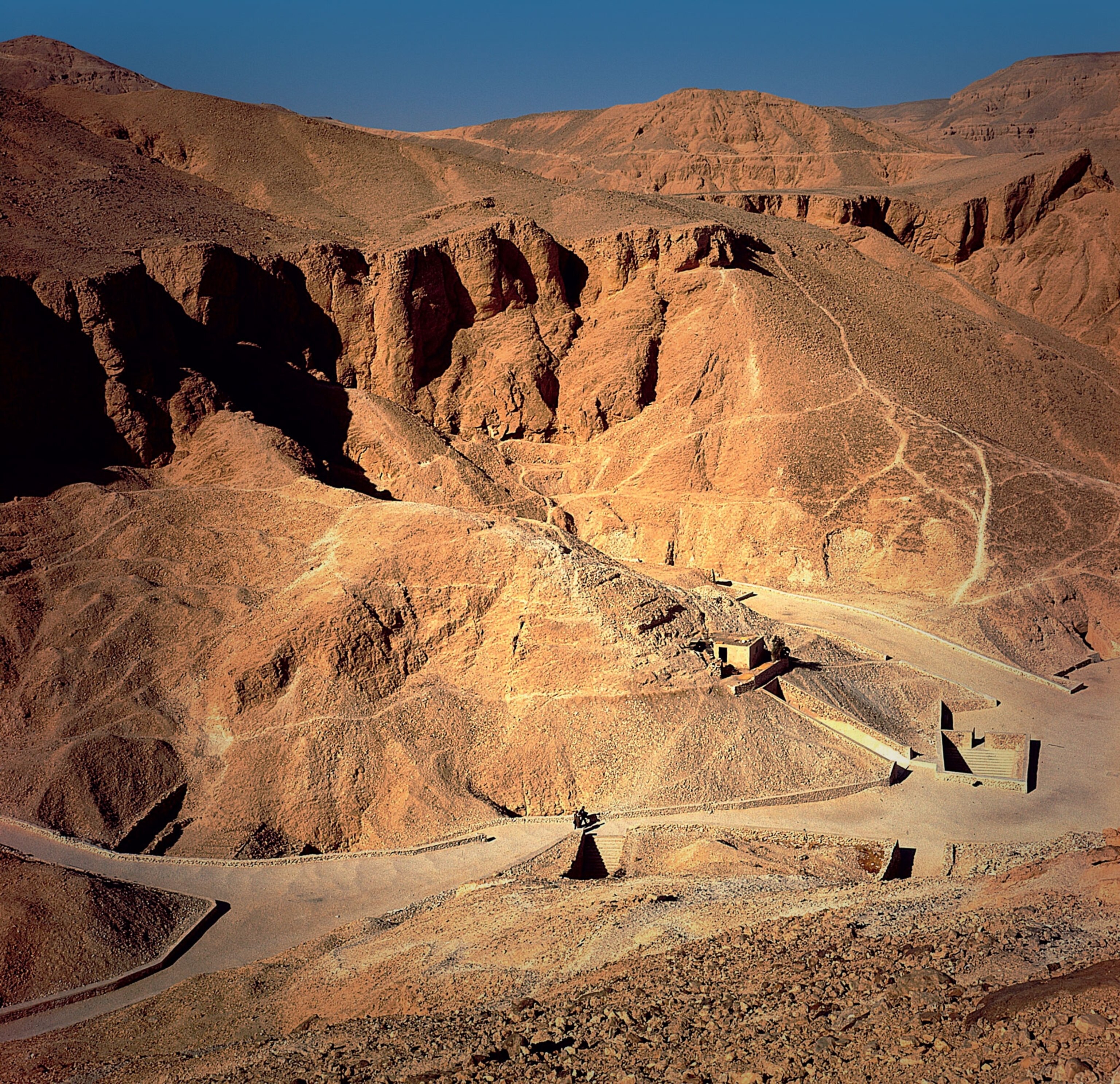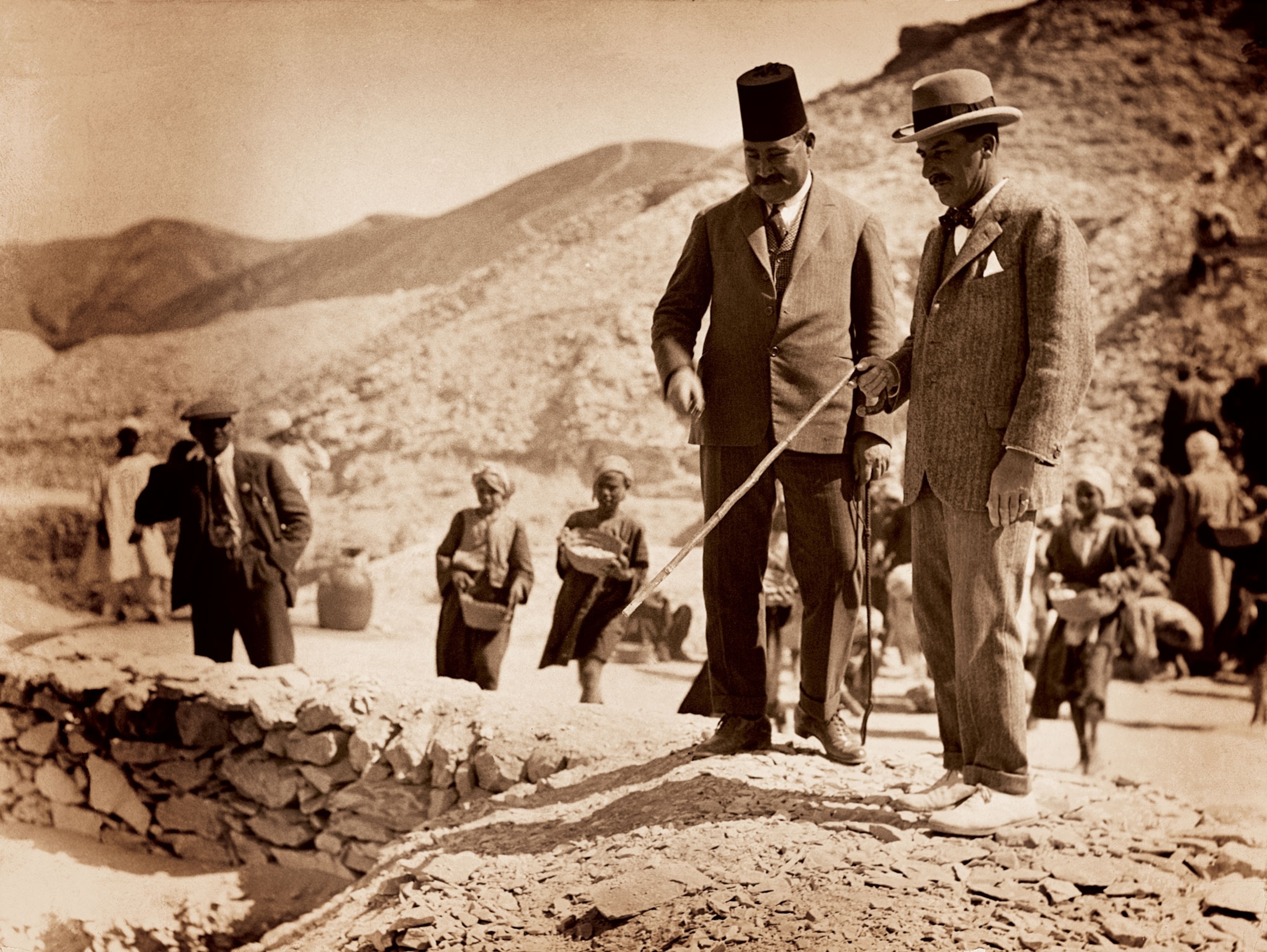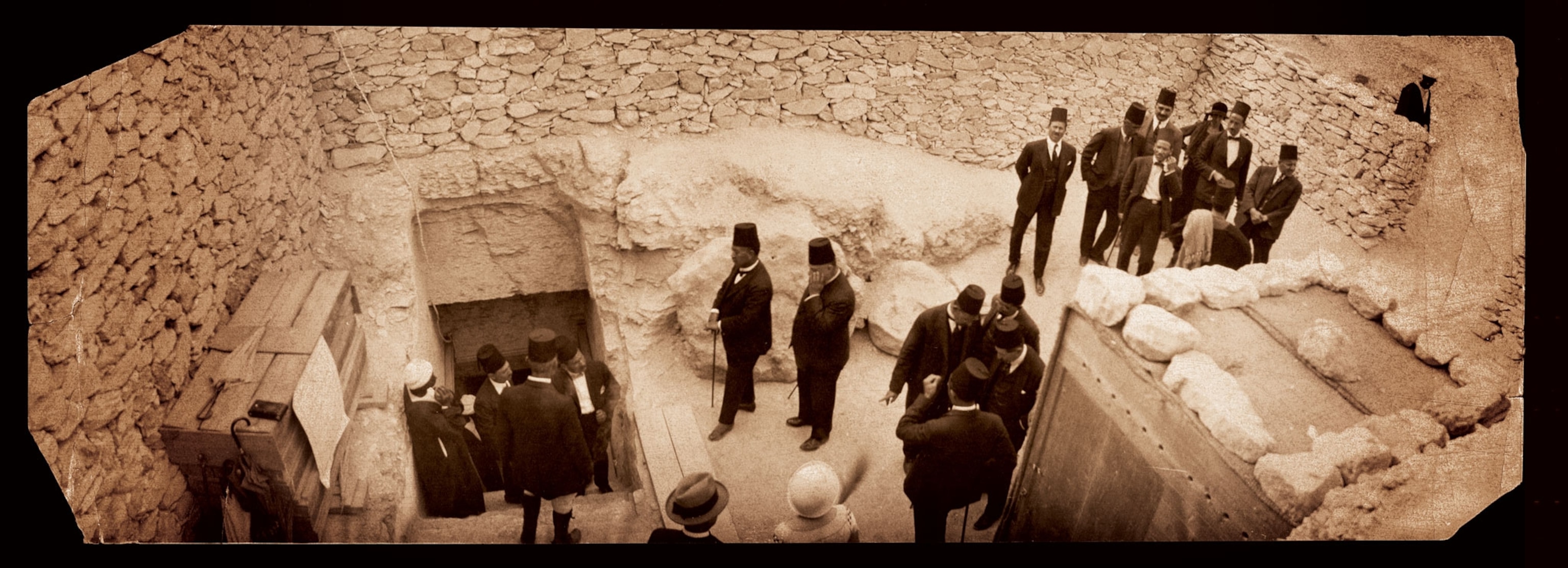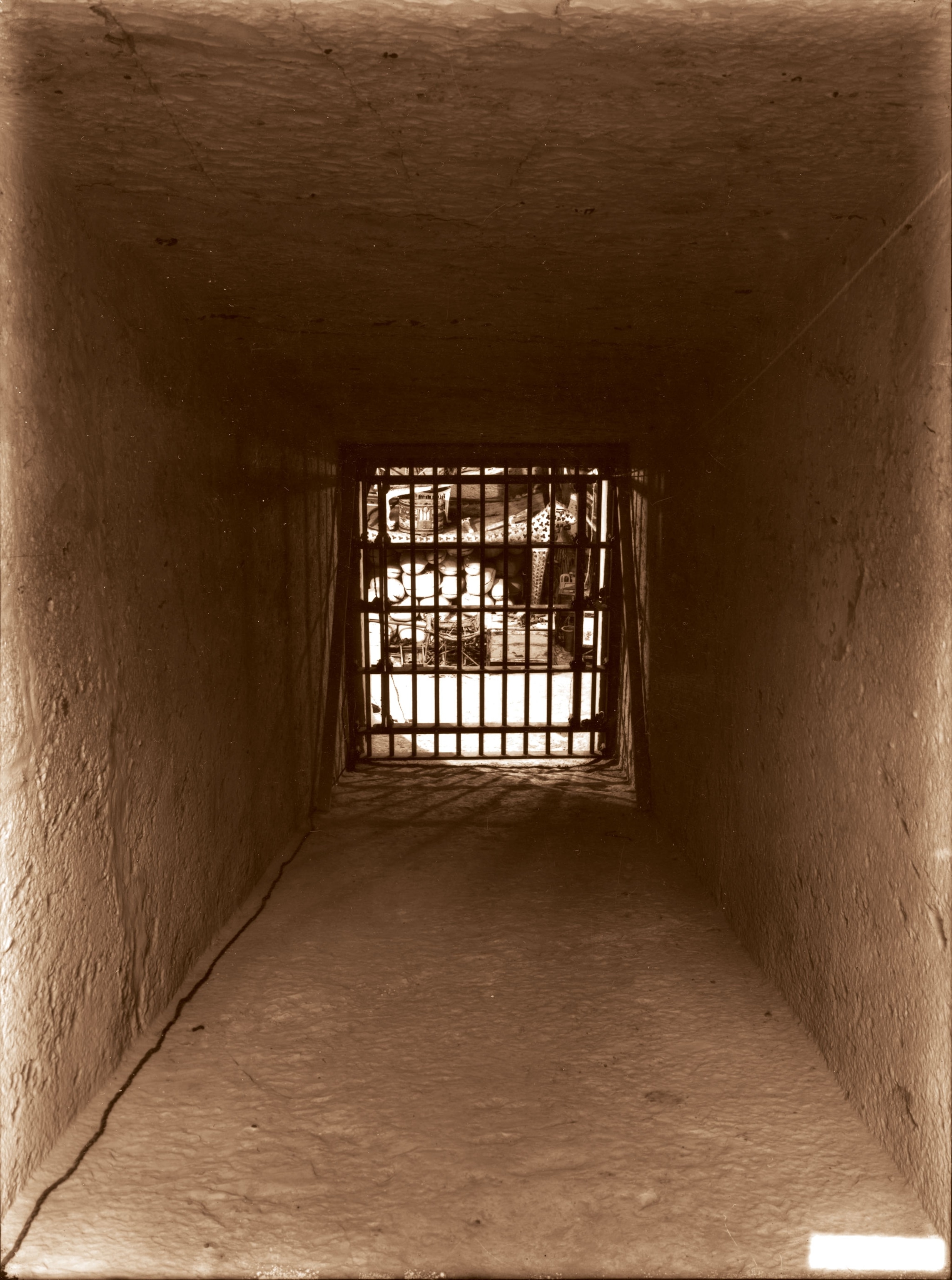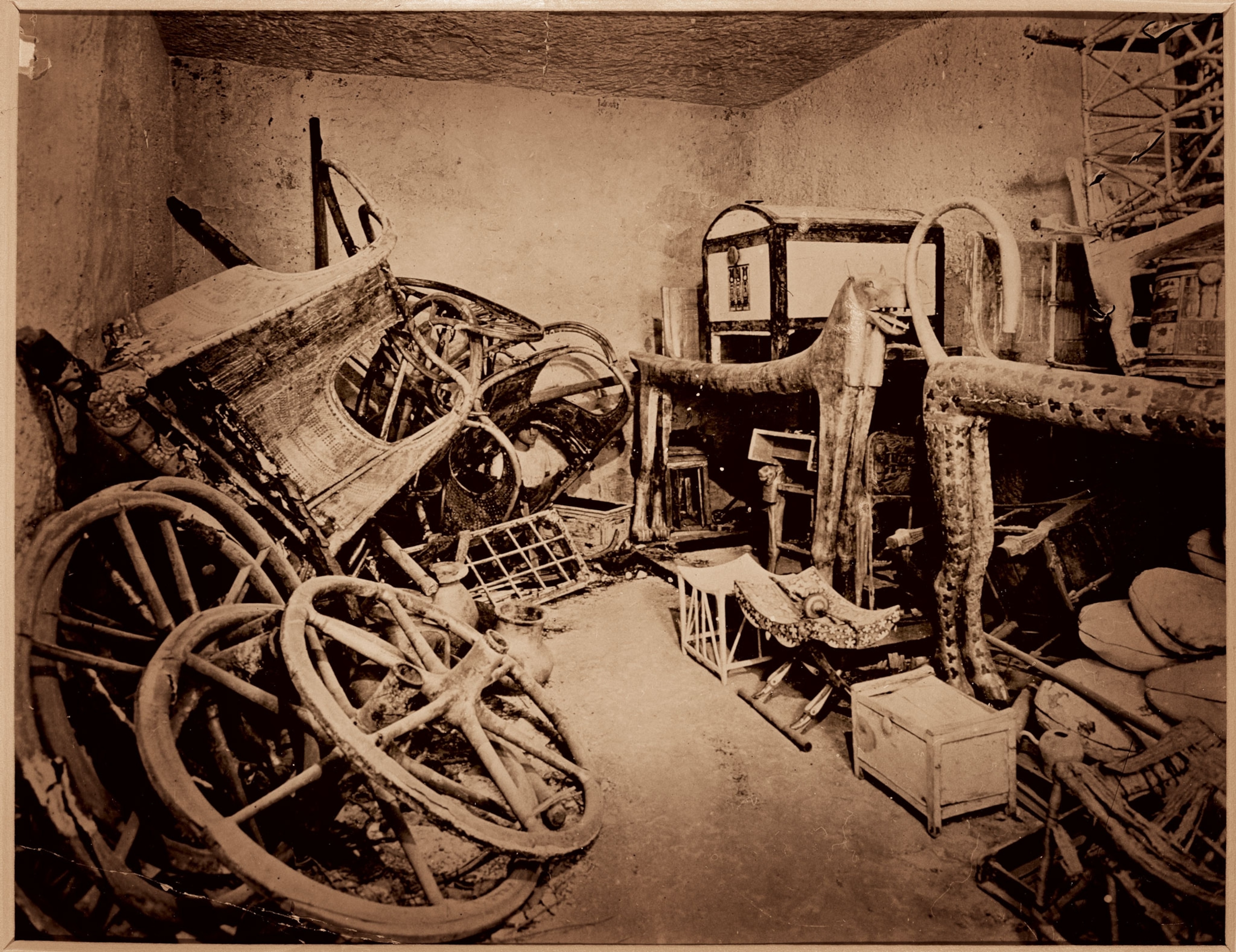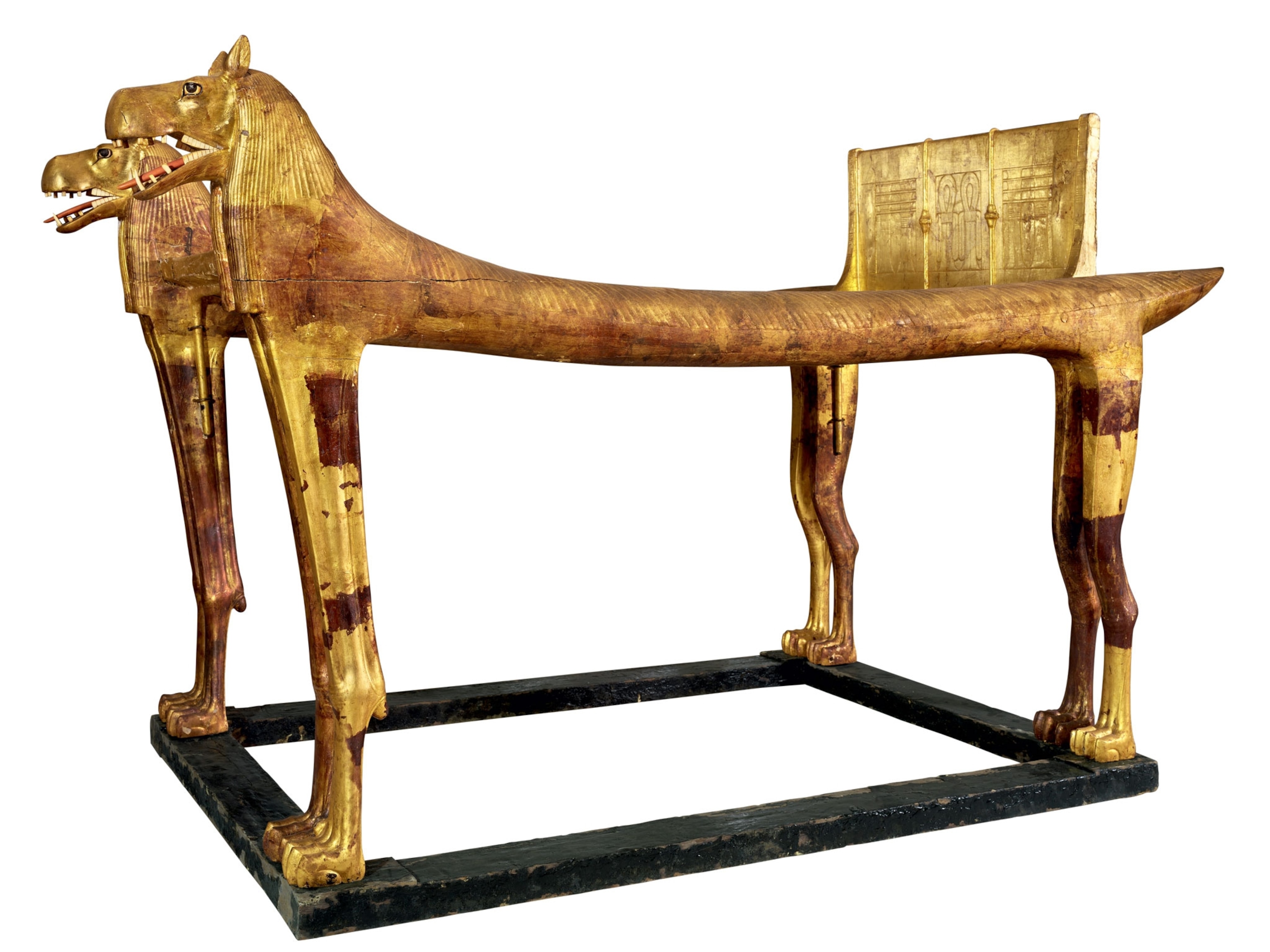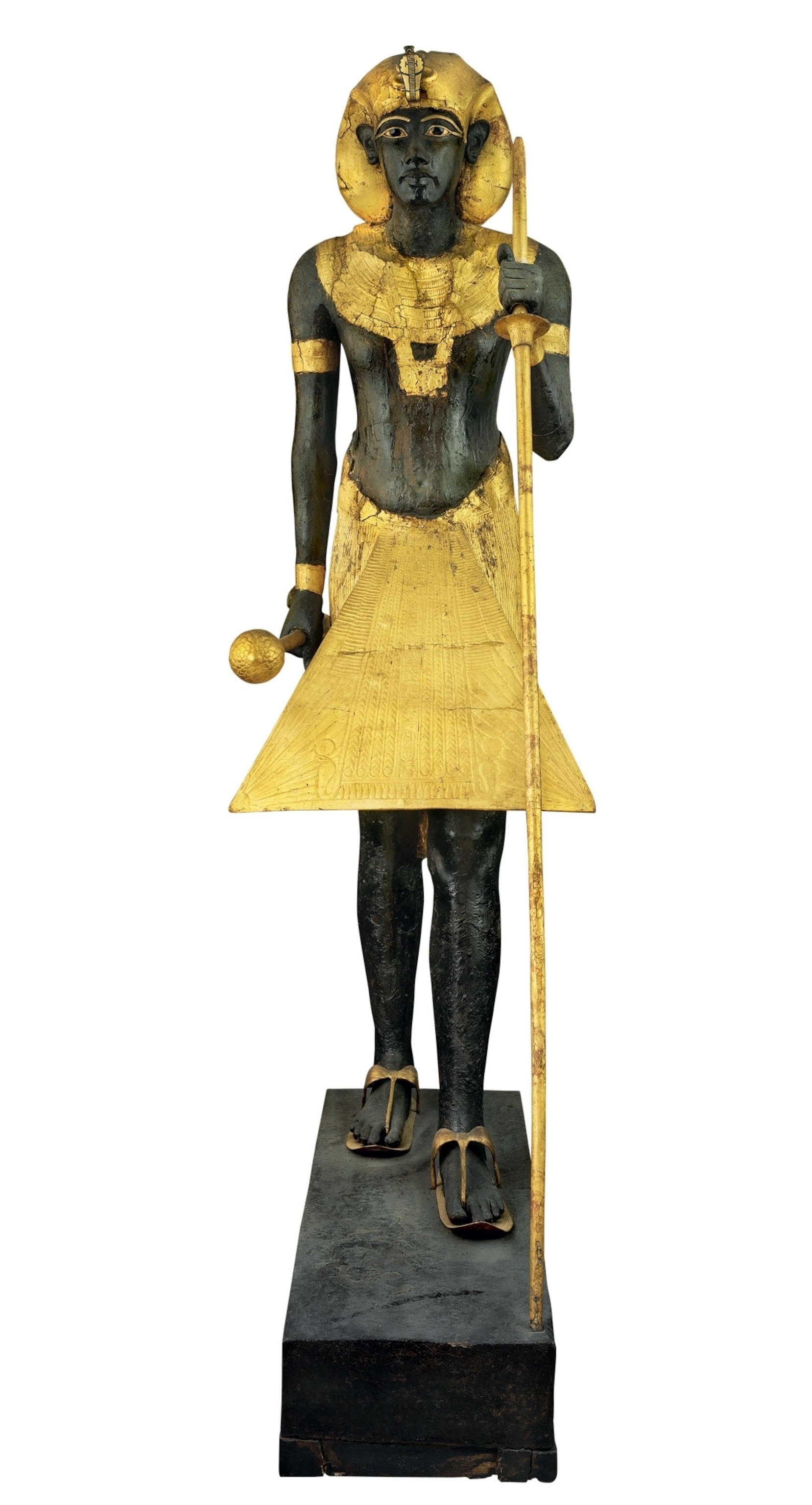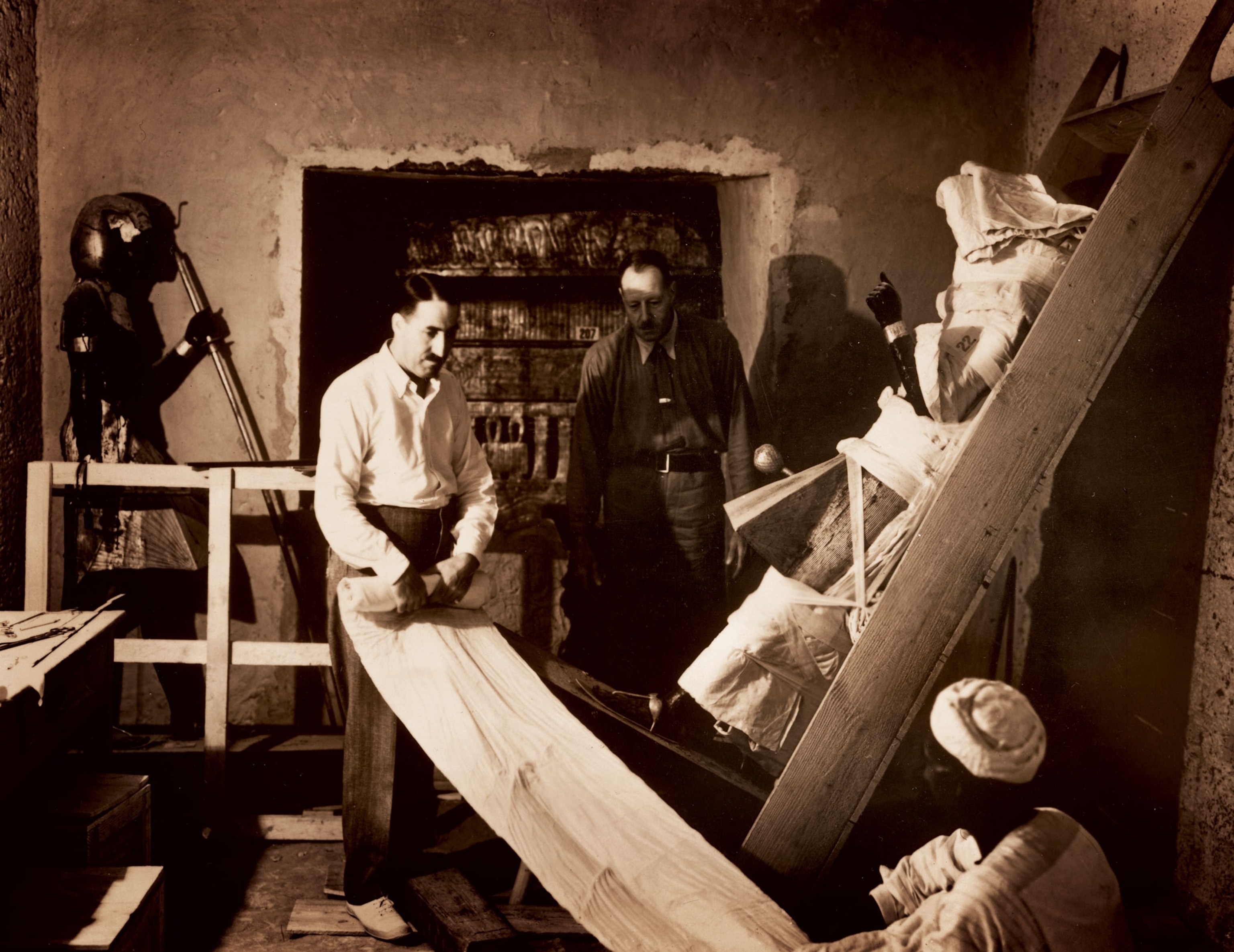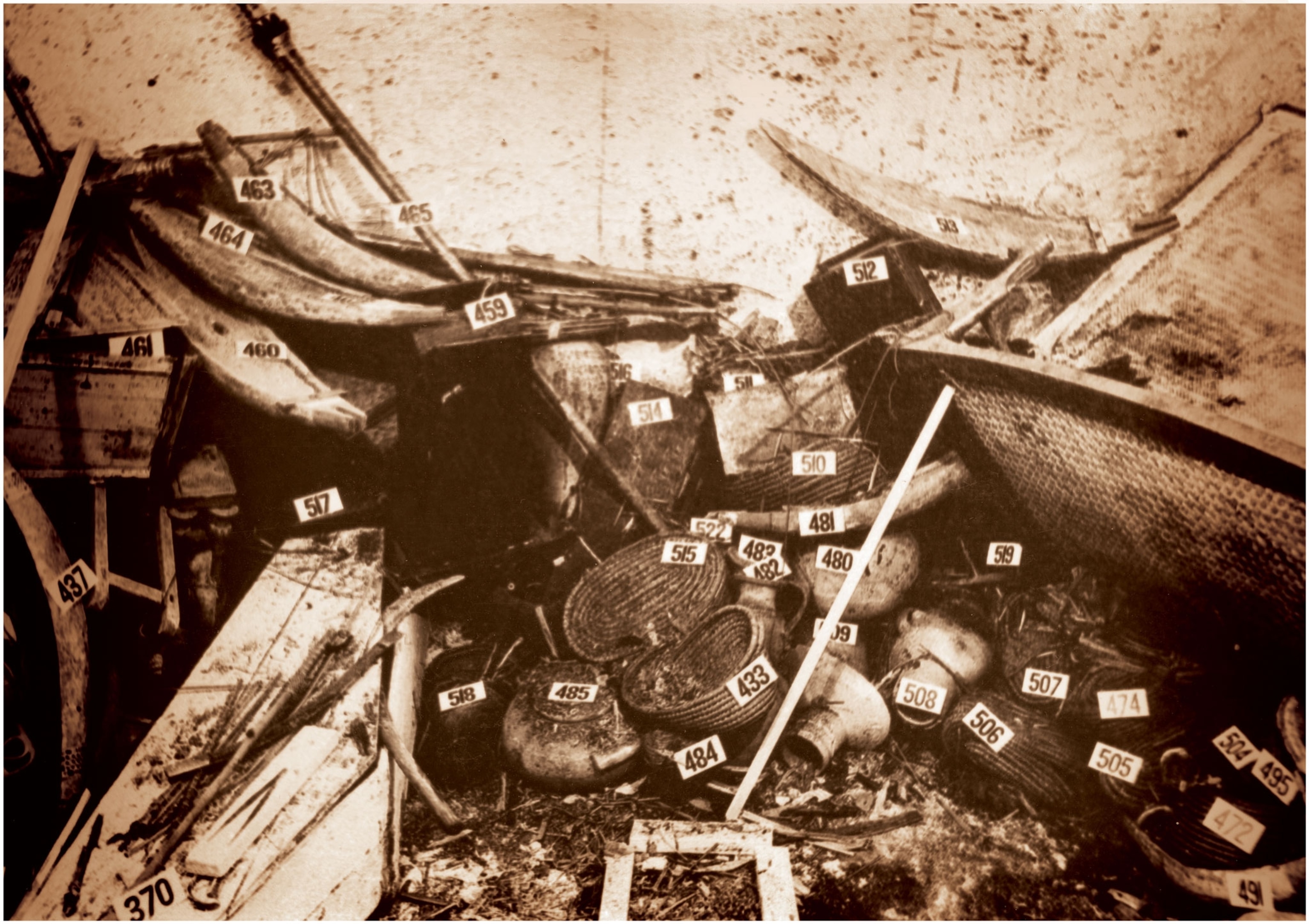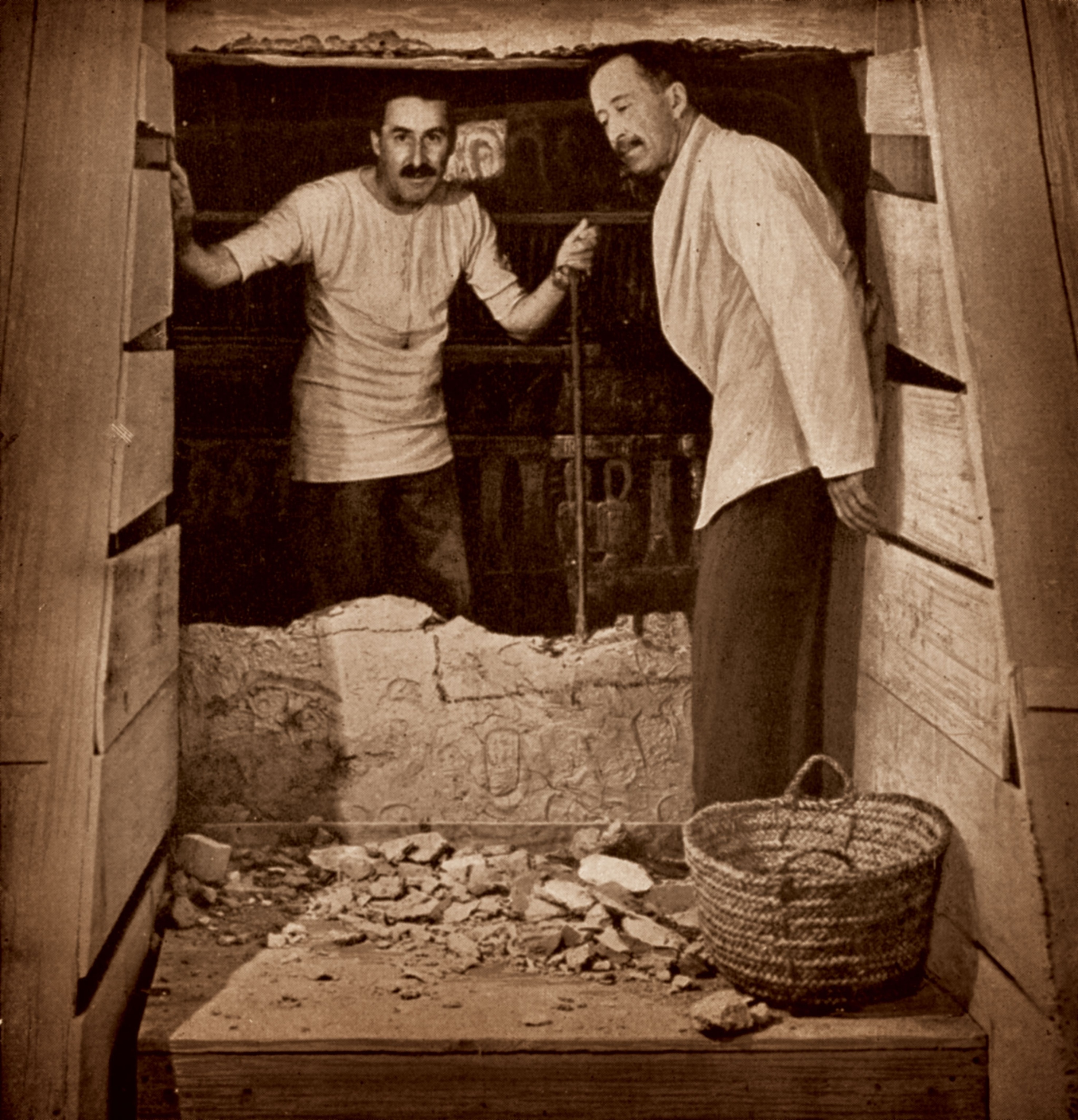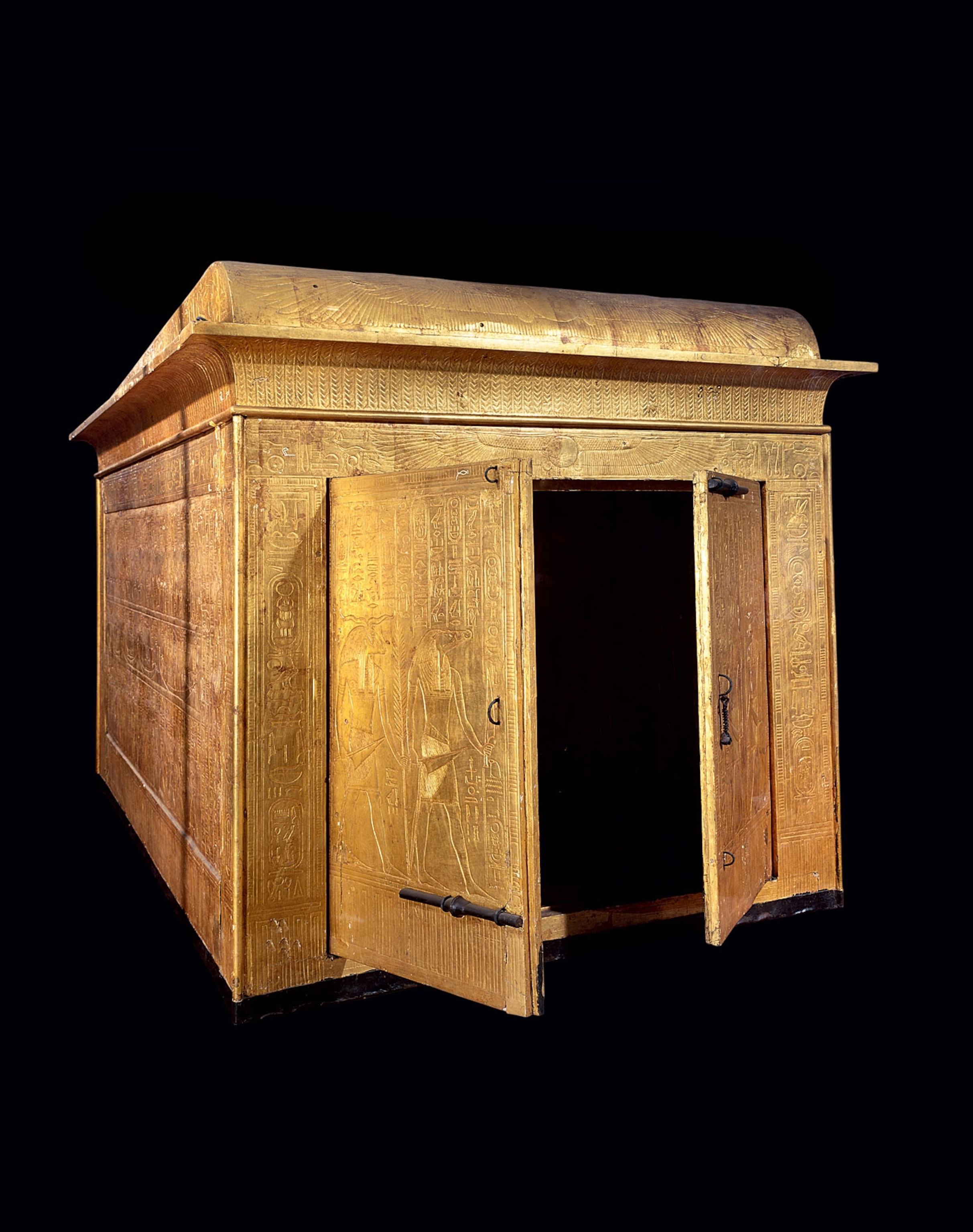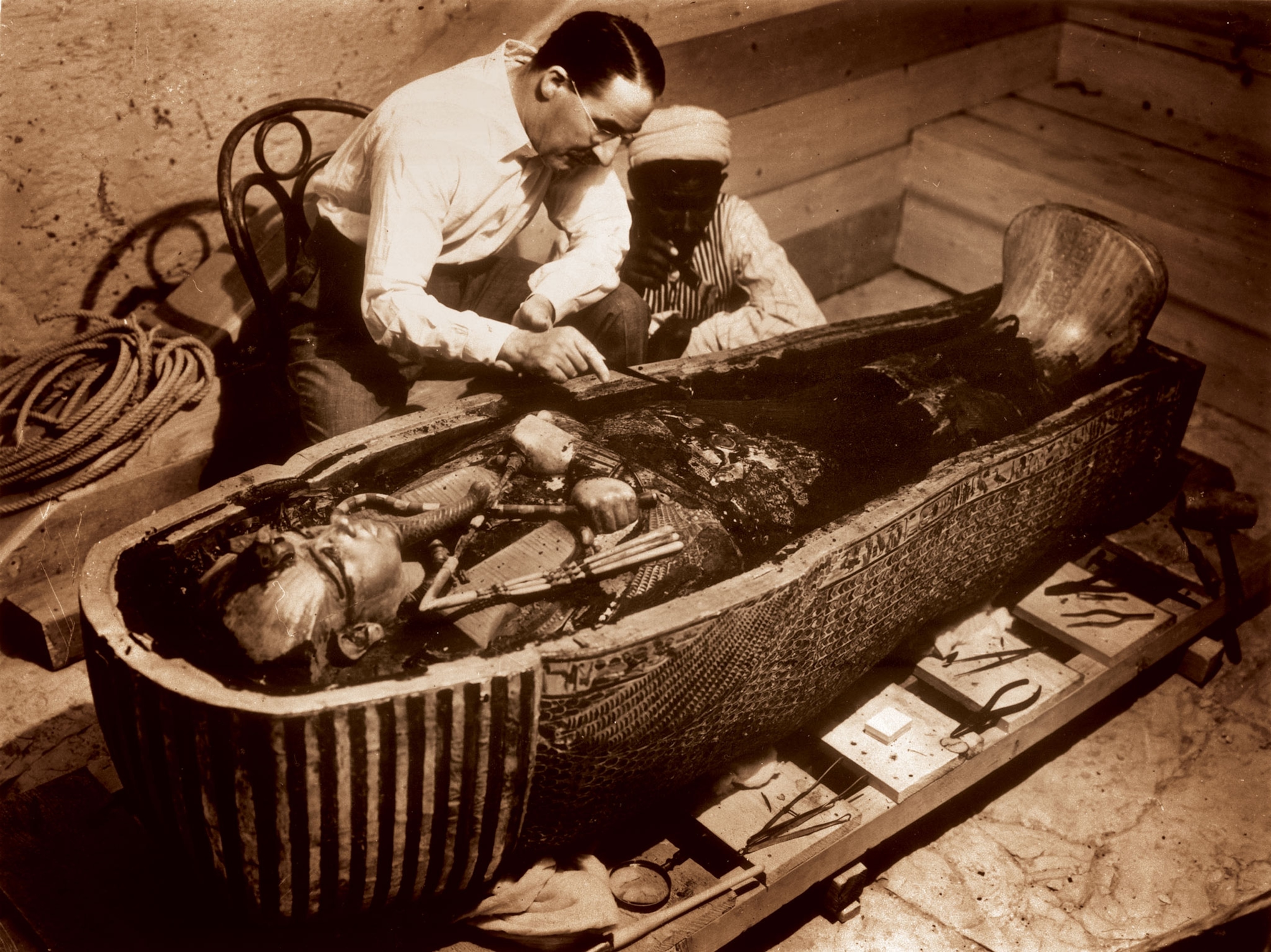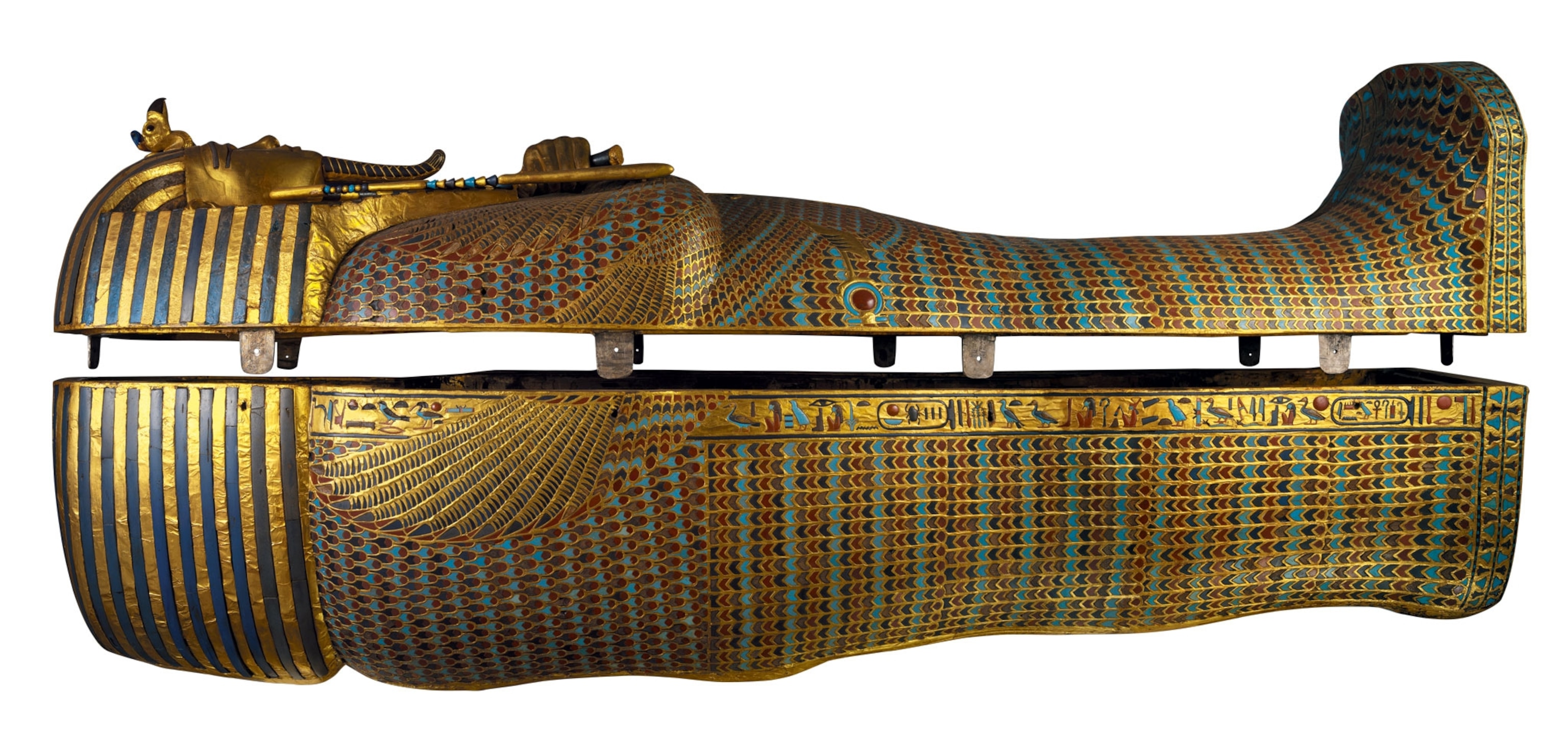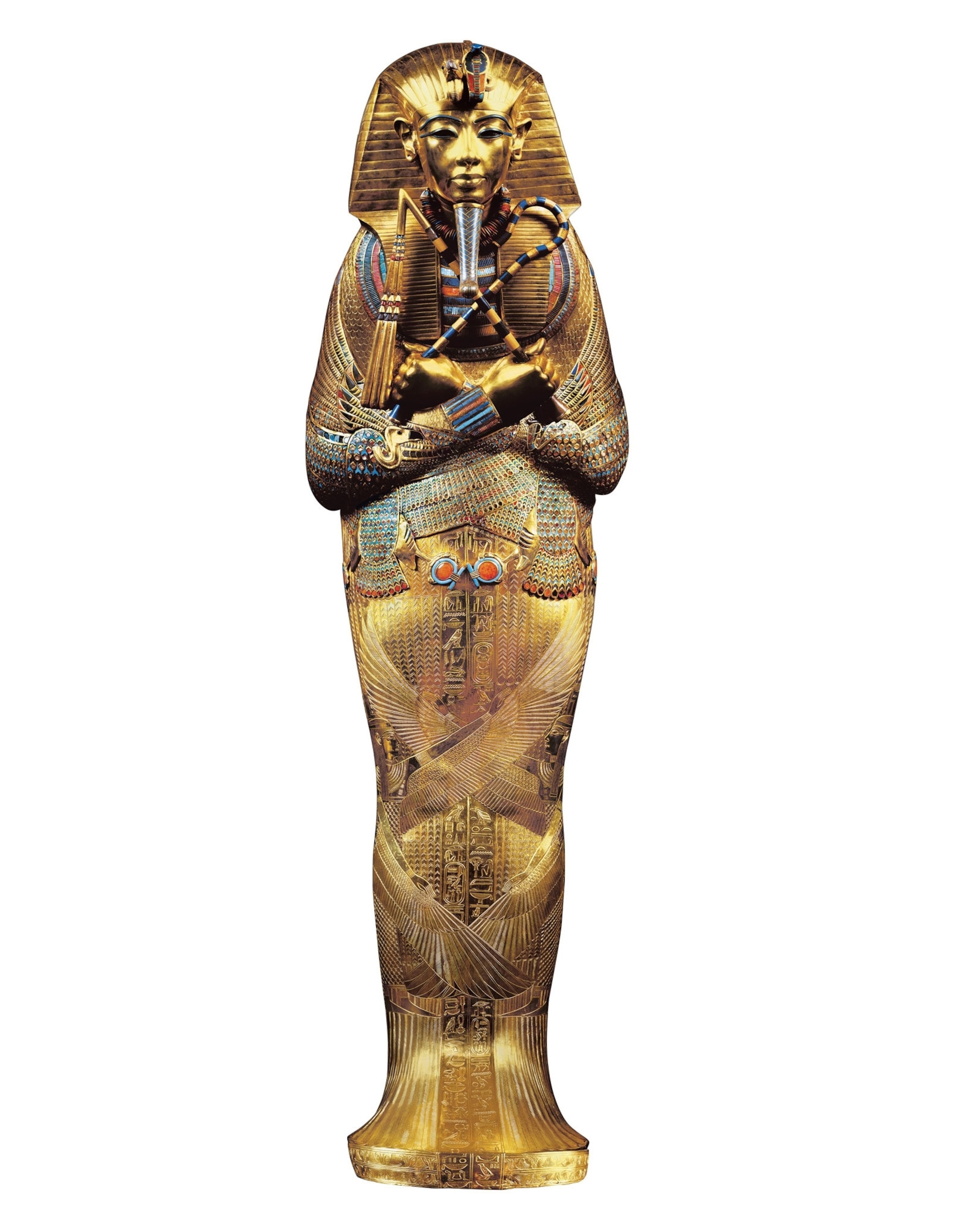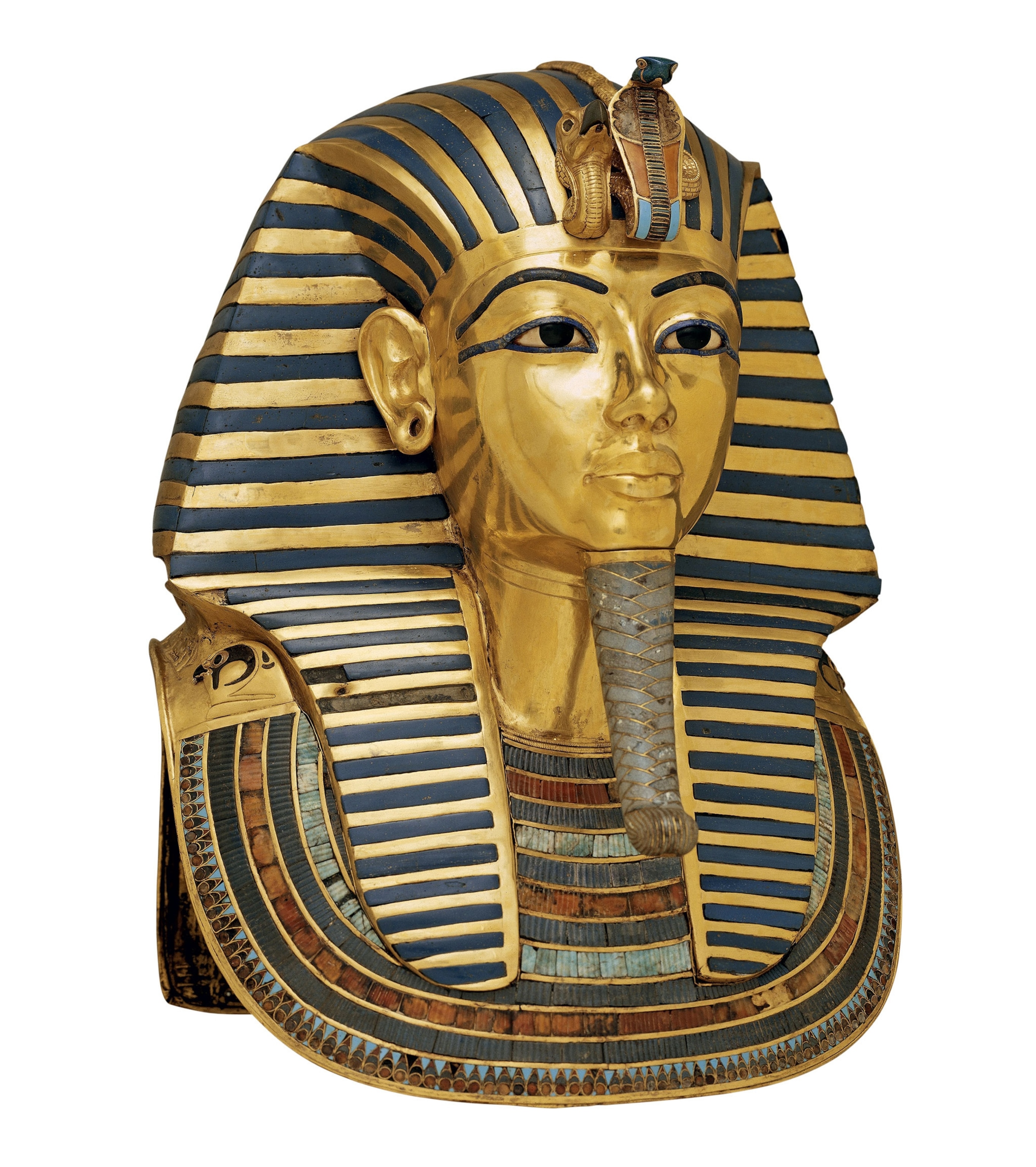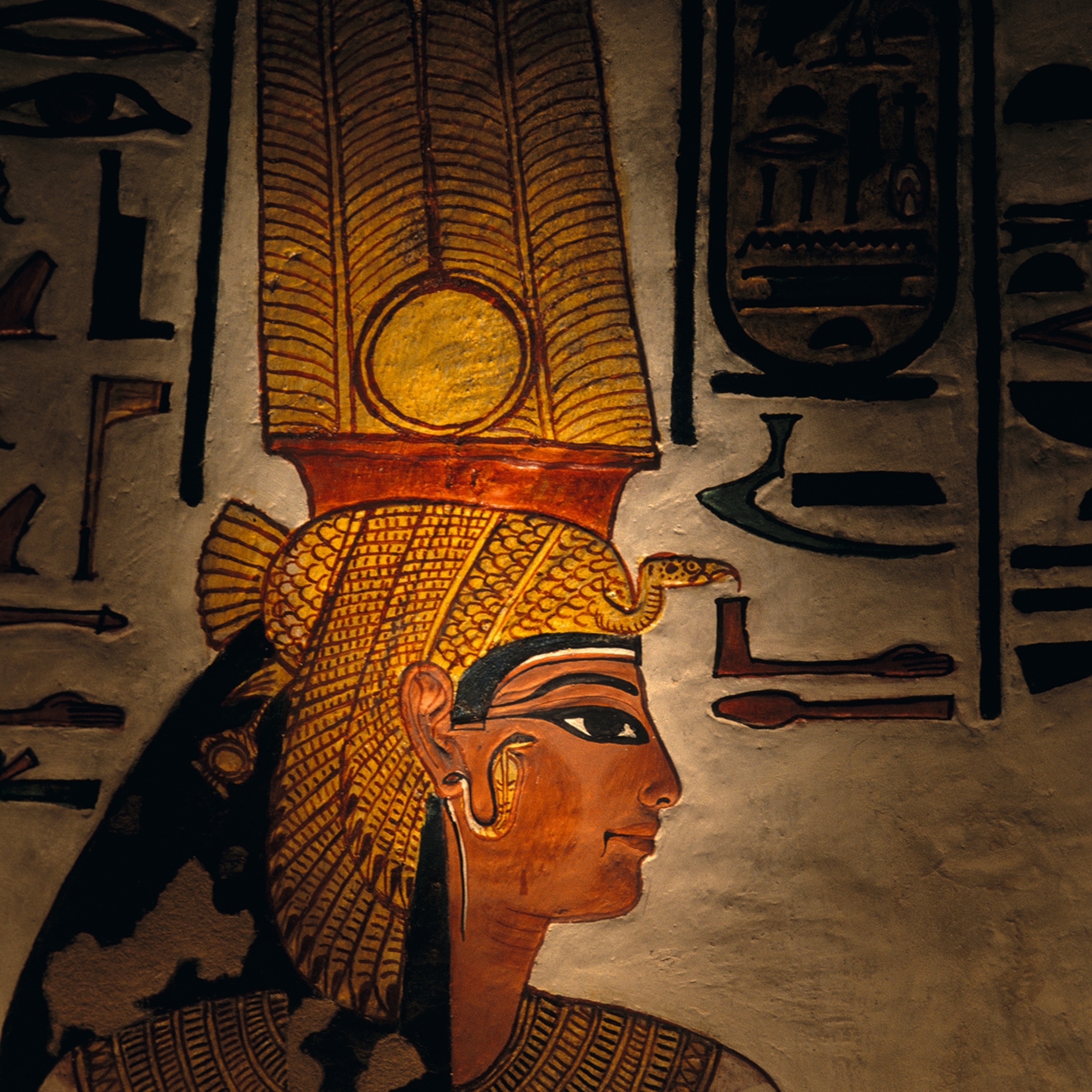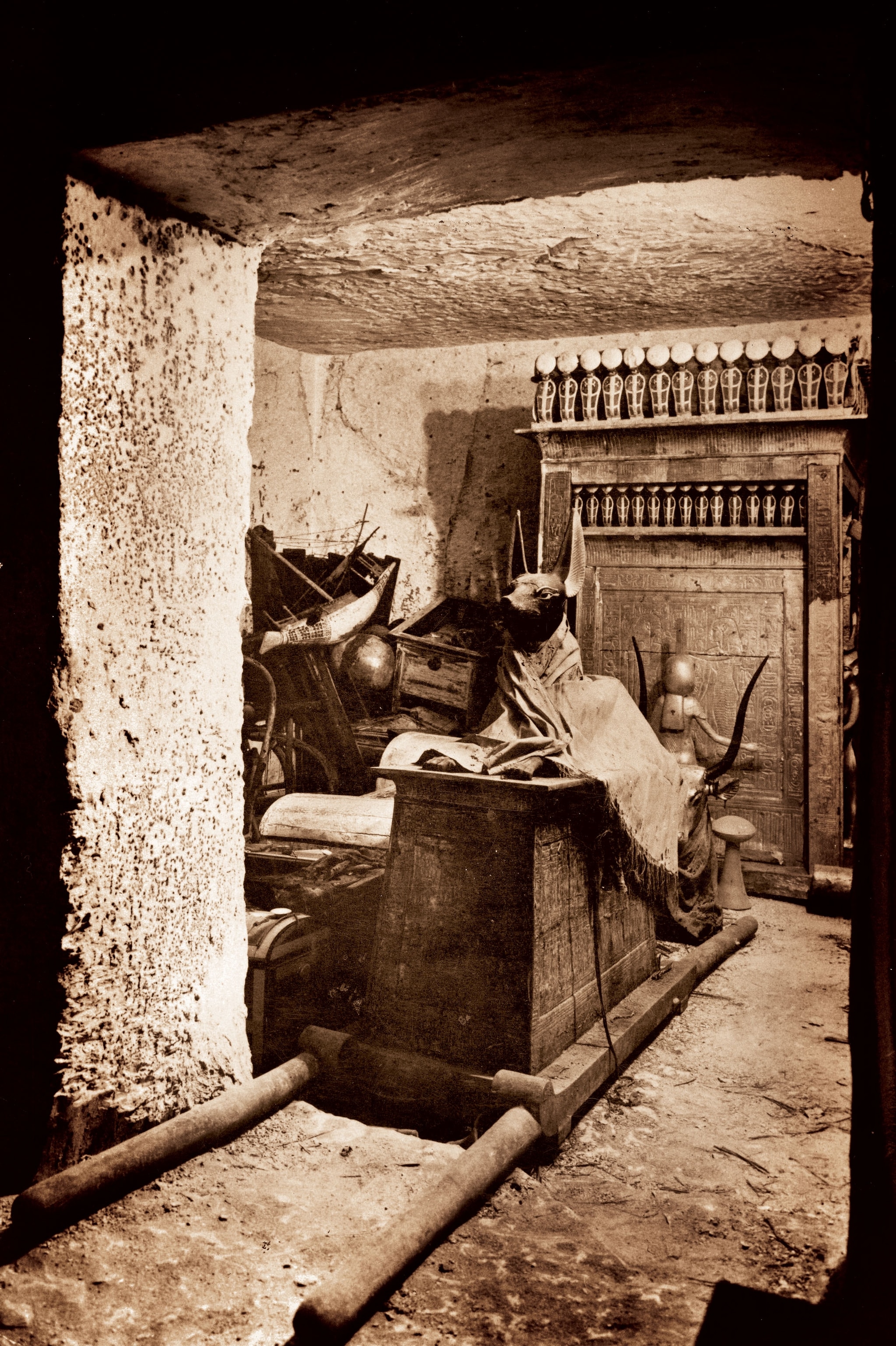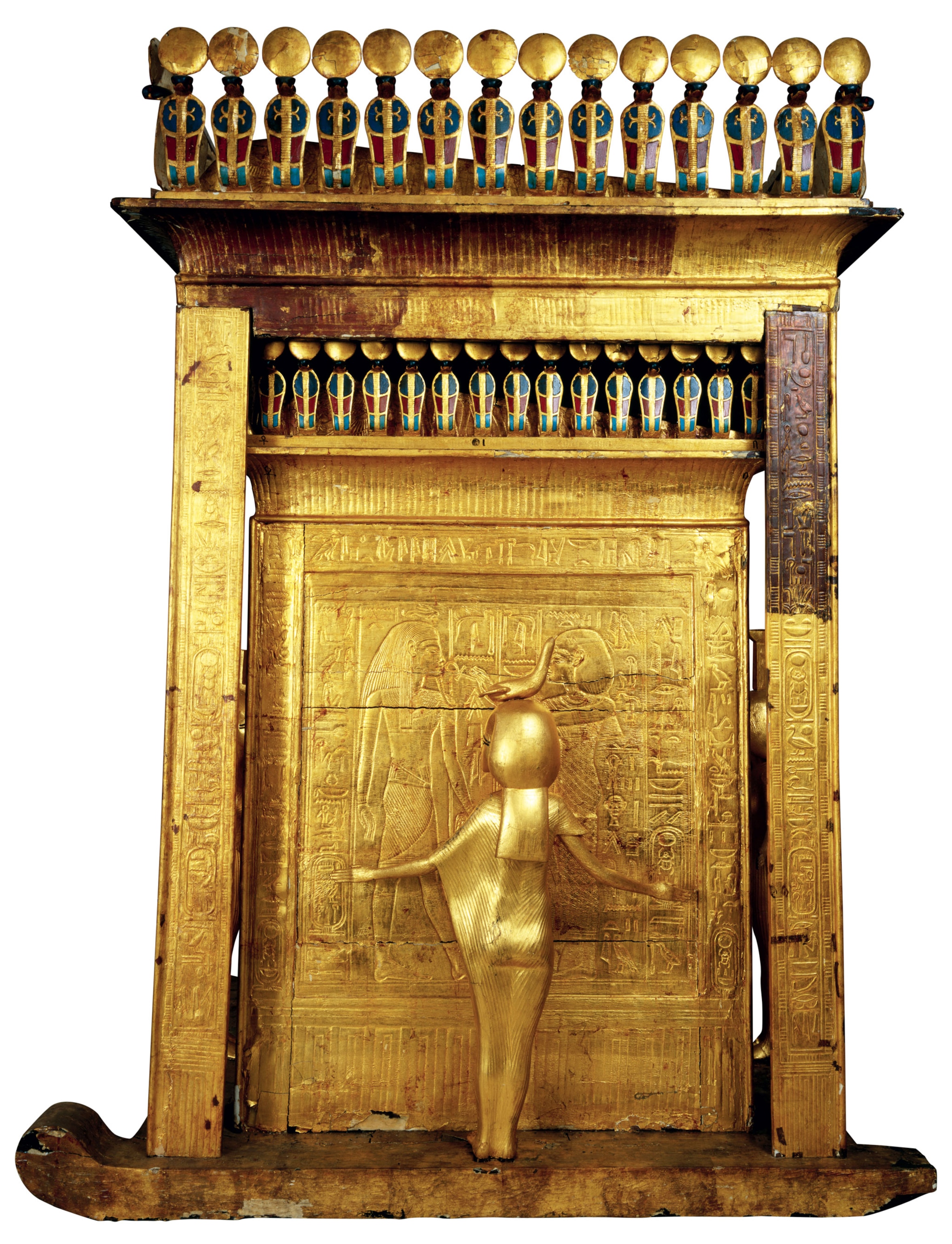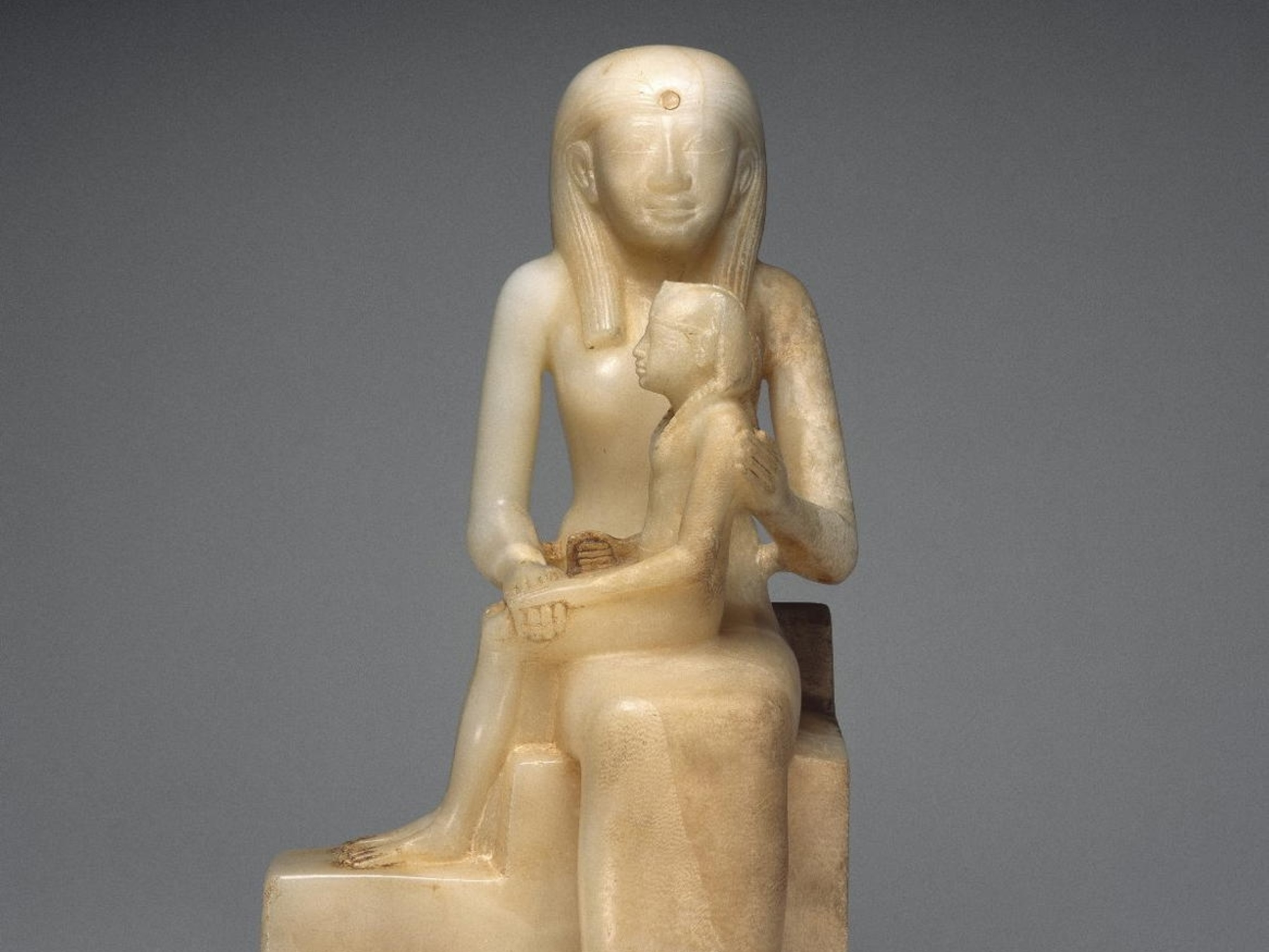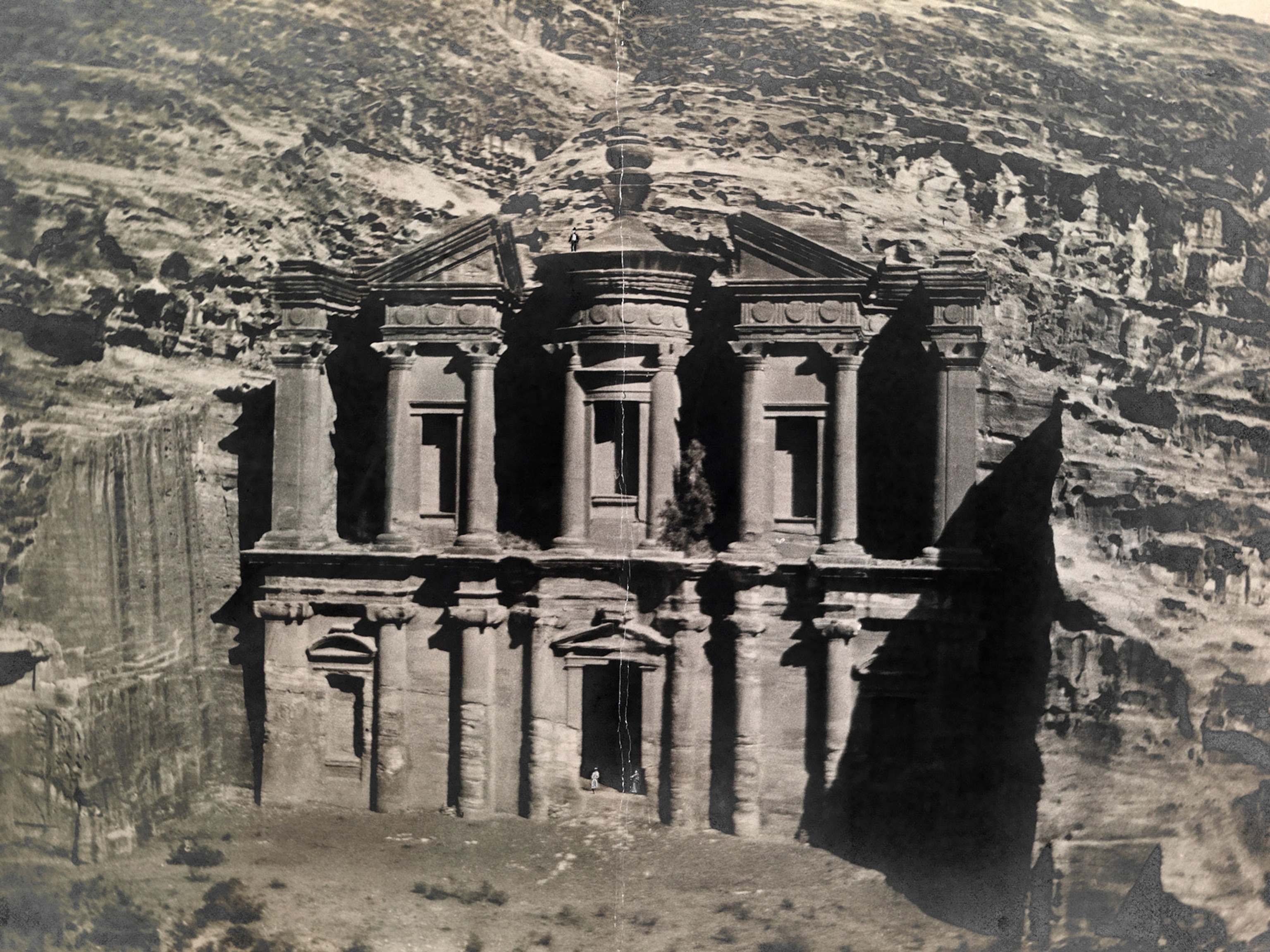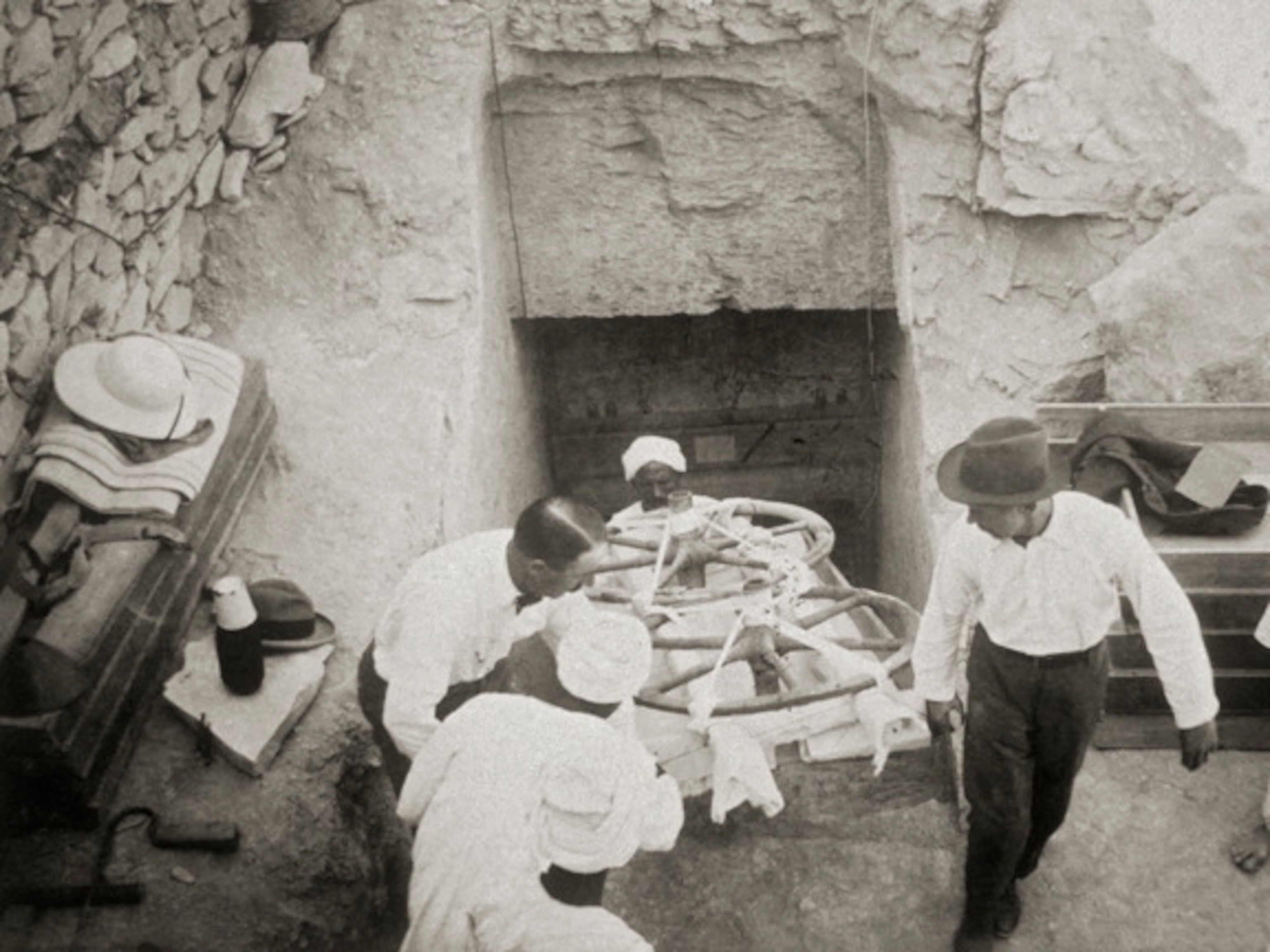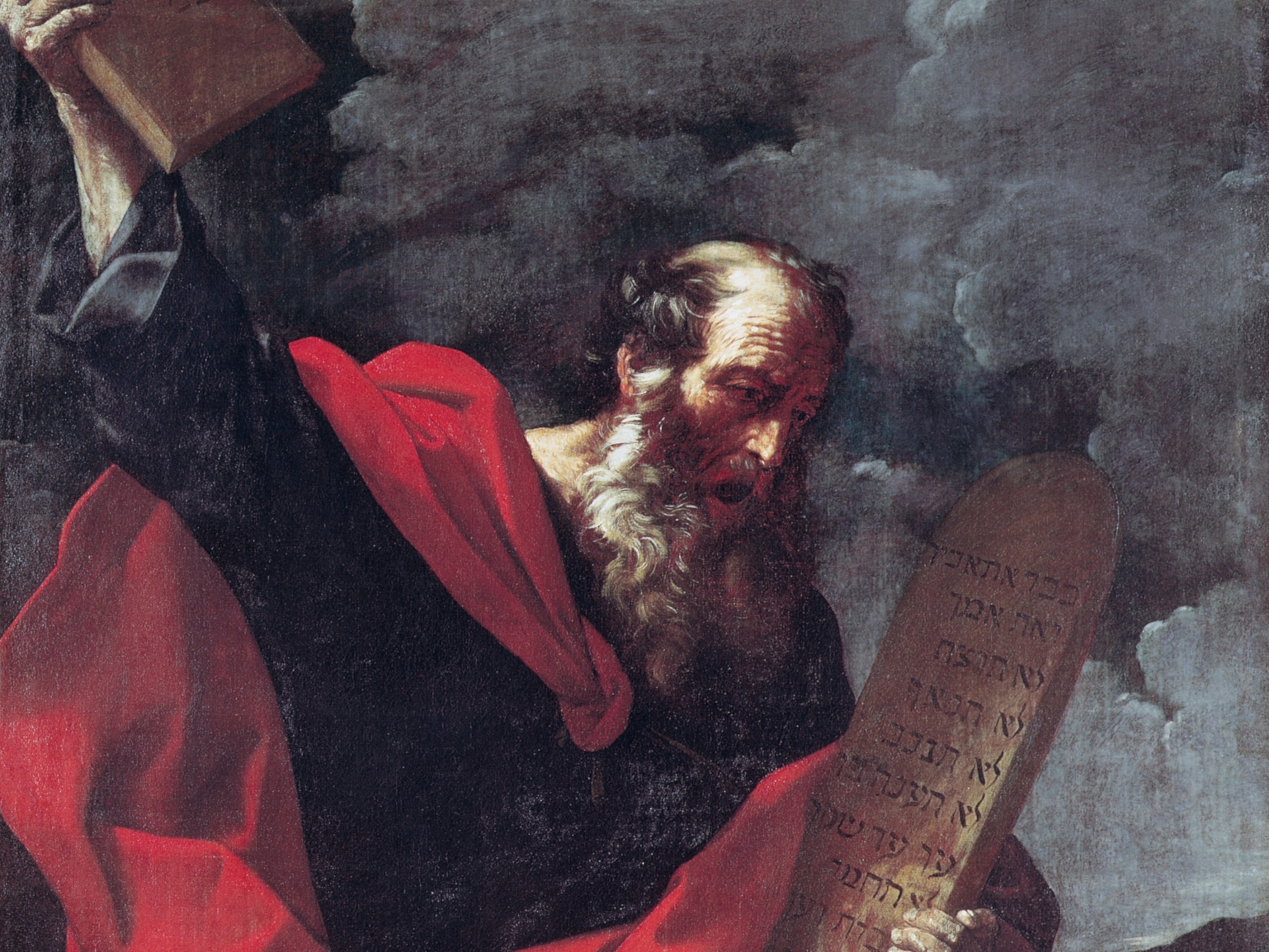Close Call: How Howard Carter Almost Missed King Tut's Tomb
British backer Lord Carnarvon wanted to call off the search for the lost tomb of Tutankhamun after six fruitless years of searching, but Howard Carter convinced him to stick it out for one more season—resulting in the 20th century's most famous find.

A hush fell on the group of British and Egyptian observers standing at the sealed doorway on November 26, 1922. Three weeks earlier, British archaeologist Howard Carter and his team had stumbled on a rubble-filled stairway in the Valley of the Kings in Egypt.
Following the excavations of the late 1800s, many archaeologists thought the valley had yielded all its secrets. However, Carter had a hunch that there was still more to find. Egyptians began to bury their royalty in the Valley of the Kings during the New Kingdom (circa 1539-1075 B.C.). Carter was searching for the tomb of an obscure king from the 18th dynasty. The boy king has since become Egypt’s most famous pharaoh, but when Carter was digging, his name—Tutankhamun—was only spoken in scholarly circles.

Having cleared the debris from the stairs, Carter’s team revealed the top of a doorway, sealed with plaster. Upon it were the undisturbed seals of the royal necropolis, a sight that made Carter’s heart race with excitement. After ordering the staircase filled in, Carter sent a cable to his patron—the wealthy Lord Carnarvon—that said: “At last have made wonderful discovery in valley; a magnificent tomb with seals intact.”
Carnarvon hurried to Egypt to witness the opening of the tomb. As Carter and his team re-cleared the staircase to continue their work, the entire door was exposed, and the seals of Tutankhamun revealed. Carter’s hunch was right. He had found the boy king. The door also bore signs of damage and repair, leading Carter to wonder if the tomb was indeed intact.
The next day, the team assembled to open the tomb. With Carnarvon and other observers looking on, Carter drilled a small hole in the top corner of the doorway and placed a candle inside. The candle flickered, and Carter peered in. As his eyes grew accustomed to the darkness beyond, he heard Carnarvon asking: “Can you see anything?”
“Yes,” Carter replied. “Wonderful things. Wonderful things!”
Entering the Tomb
The Boy King
Tutankhamun reigned for only nine years, and his short reign may be what kept grave robbers from the contents of his tomb. Born around 1342 B.C., Tut descended from two important kings: Amenhotep III and Amenhotep IV, the latter better known as Akhenaten. Amenhotep III ruled Egypt for nearly four decades at the height of the 18th dynasty, while Akhenaten radically reshaped Egyptian religion and art by discarding the old gods and devoting Egypt to one deity, Aten, the sun disk. His 17-year reign was marked by highly stylized artworks that prominently featured this symbol.
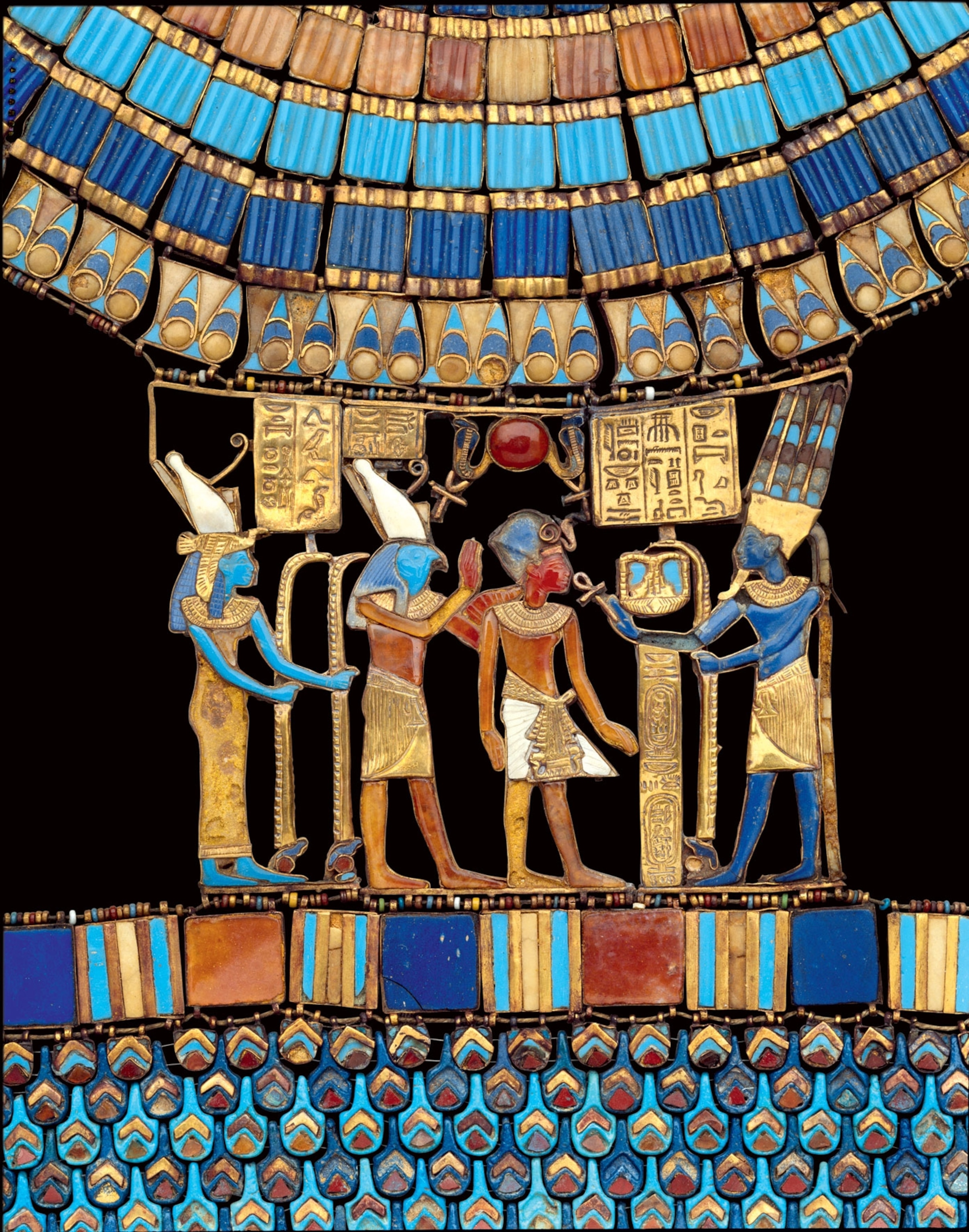
After Akhenaten’s death, the young Tutankhamun became king. Egypt dismantled the legacy of his father, returning to the old religious and artistic traditions as well as smashing his monuments and statues. The boy king’s reign was short, just under a decade. At age 15 or 16, he died under mysterious circumstances and was hastily entombed with all the pomp and splendor befitting a king.
Because of his link to Akhenaten, Tut’s reign was eventually struck from the record by his successors. By attempting to write him out of history, they inadvertently preserved his legacy. Because thieves did not know his name, they were unlikely to look for his tomb. Because Tut’s tomb was intact, his name will live forever.
The Antechamber and Annex
Rise and Fall
Carter’s glimpse of Tutankhamun’s grave goods that day was a rare reward in a life marked by setbacks and financial difficulties. Born the youn-gest of 11 siblings in London in 1874, Howard Carter was the son of a respected but not terribly wealthy painter. Brought up by his aunts, Carter later wrote that a weak constitution “debarred me from public-school [the British term for private school] life and games”—a statement now believed to be a half truth. He was certainly a sickly child, but it is likely that Carter did not, in fact, receive much in the way of formal schooling.
Even so, following in his father’s footsteps, Howard showed a natural talent for drawing and painting. Thanks to family connections, at age 17 he was recommended to Percy Newberry, a renowned Egyptologist who was looking for an artist for an archaeological expedition to Egypt. After an apprenticeship of three months at the British Museum, Carter set off for the Nile, where he was employed on a major excavation in Akhetaten (Amarna), the city built by Akhenaten.
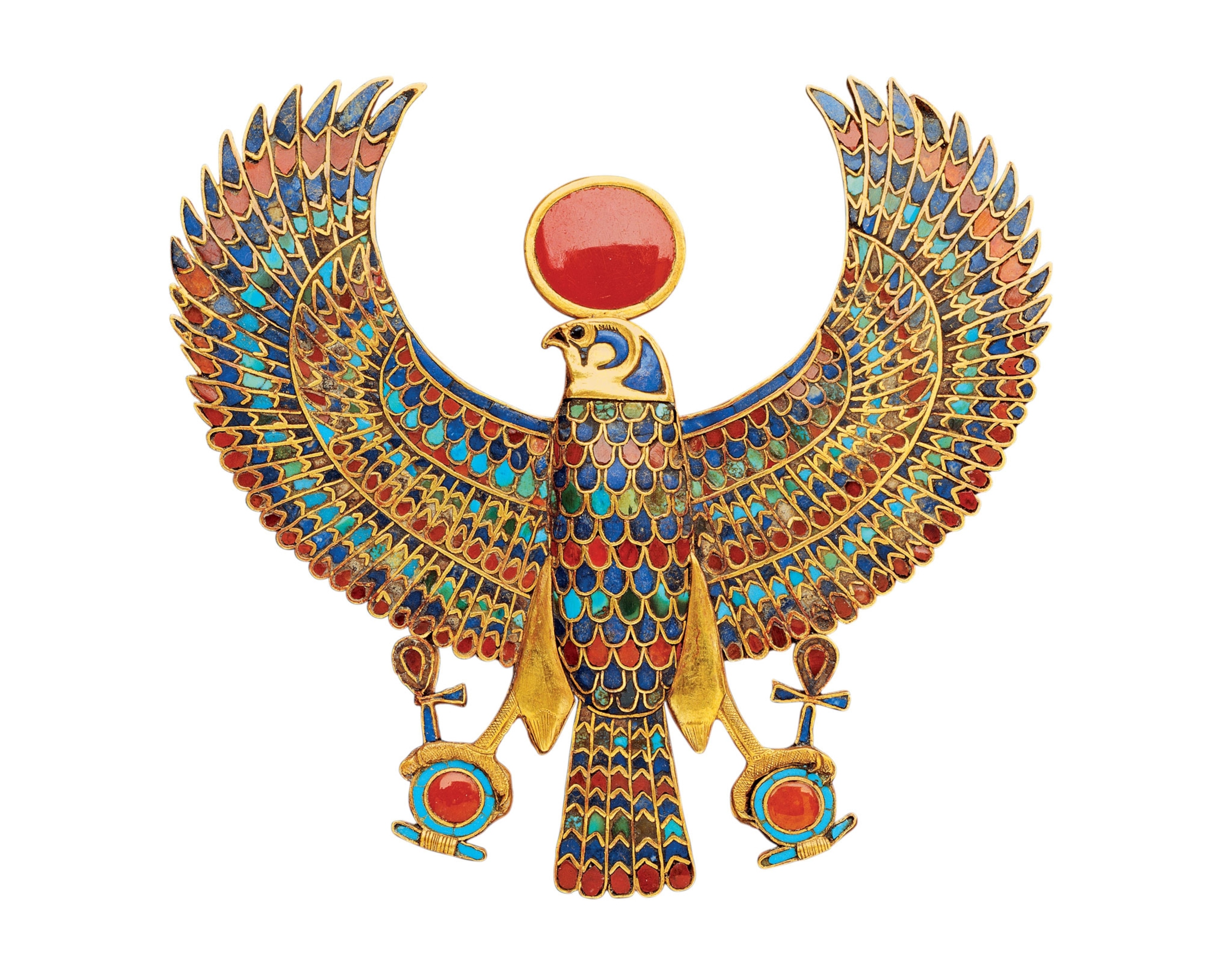
Exposure to Egyptian monuments changed Carter’s professional life, as he turned from art to archaeology. His career took off: He became an inspector with the Egyptian Department of Antiquities and eventually rose to become chief inspector for northern Egypt. By the early 1900s he was working for American archaeology enthusiast Theodore M. Davis in the Valley of the Kings. Named in hieroglyphs as “The Great and Majestic Necropolis of the Millions of Years of the Pharaoh, Life, Strength, Health in the West of Thebes,” the Valley of the Kings was known in ancient Egypt as the Great Field. It was regarded (incorrectly it seems) as ideal for royal interments because its remoteness was thought to deter grave robbers.
In 1904 Carter’s archaeology career almost ended. A group of drunken tourists at the necropolis of Saqqara caused a disturbance, and Carter ordered them to leave. They complained to their ambassador, who demanded an apology from Carter. He refused and was forced to resign. At age 31, with no job and no money, Carter had to leave archaeology behind; he eked out a living by painting watercolors for tourists.
Golden Treasures of the Funerary Chamber
Promising Partnership
The year before the Saqqara incident, George Edward Stanhope Molyneux Herbert, the wealthy fifth Earl of Carnarvon, had taken up residence in a Cairo hotel. A collector of racing cars and horses, Lord Carnarvon had been seriously injured in a car accident in Germany. He moved from Highclere Castle in southern England (the setting for the popular period drama Downton Abbey) in the hopes that Egypt’s arid climate would help him recover. Quickly growing bored with Cairo life, he took an interest in archaeology. He made inquiries, and Carter was recommended to him. In 1907 their partnership began.
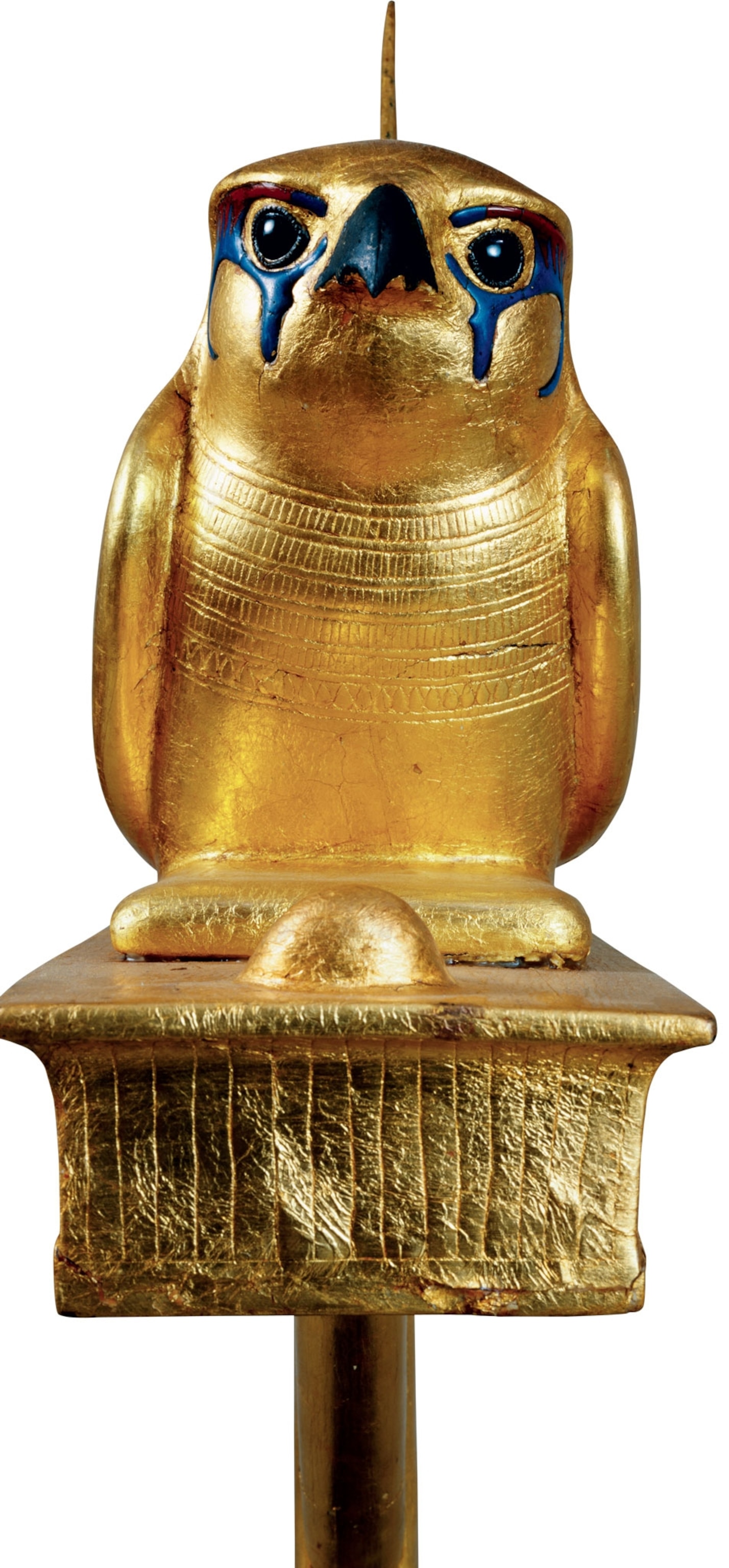
When Carter and Carnarvon joined forces, the concession to dig in the valley was held by Theodore Davis. Davis’s work had uncovered several artifacts that intrigued Carter. In a stash of embalming material in the valley, Davis found linen and other items bearing the name of Tutankhamun. Carter saw these as indications that Tutankhamun’s tomb could be nearby. Davis was certain that there was nothing more to be found, so he gave up the concession. Carter and Carnarvon quickly snapped it up.
Unfortunately, the excavation permit was awarded in 1914, and the outbreak of World War I disrupted exploration, although Carter did manage to explore the tomb of Amenhotep III, Tutankhamun’s grandfather, in 1915. It was not until December 1917 that he was able to resume work and finally search for the resting place of the boy king. Carter employed a systematic method he had developed during his many years in the field: a meticulous division of the site into a grid.
For years Carter and his team scoured the rocky landscape, scarred with the trenches of previous digs. Discoveries were thin on the ground. In 1922 a frustrated Carnarvon informed Carter he would not continue to finance the work. Carter pleaded with him to reconsider; moved by his passion, Carnarvon agreed to fund one last season. On November 1, 1922, Carter resumed digging in the Valley of the Kings. On November 4, they found the stairway that led to the unopened tomb of Tutankhamun.
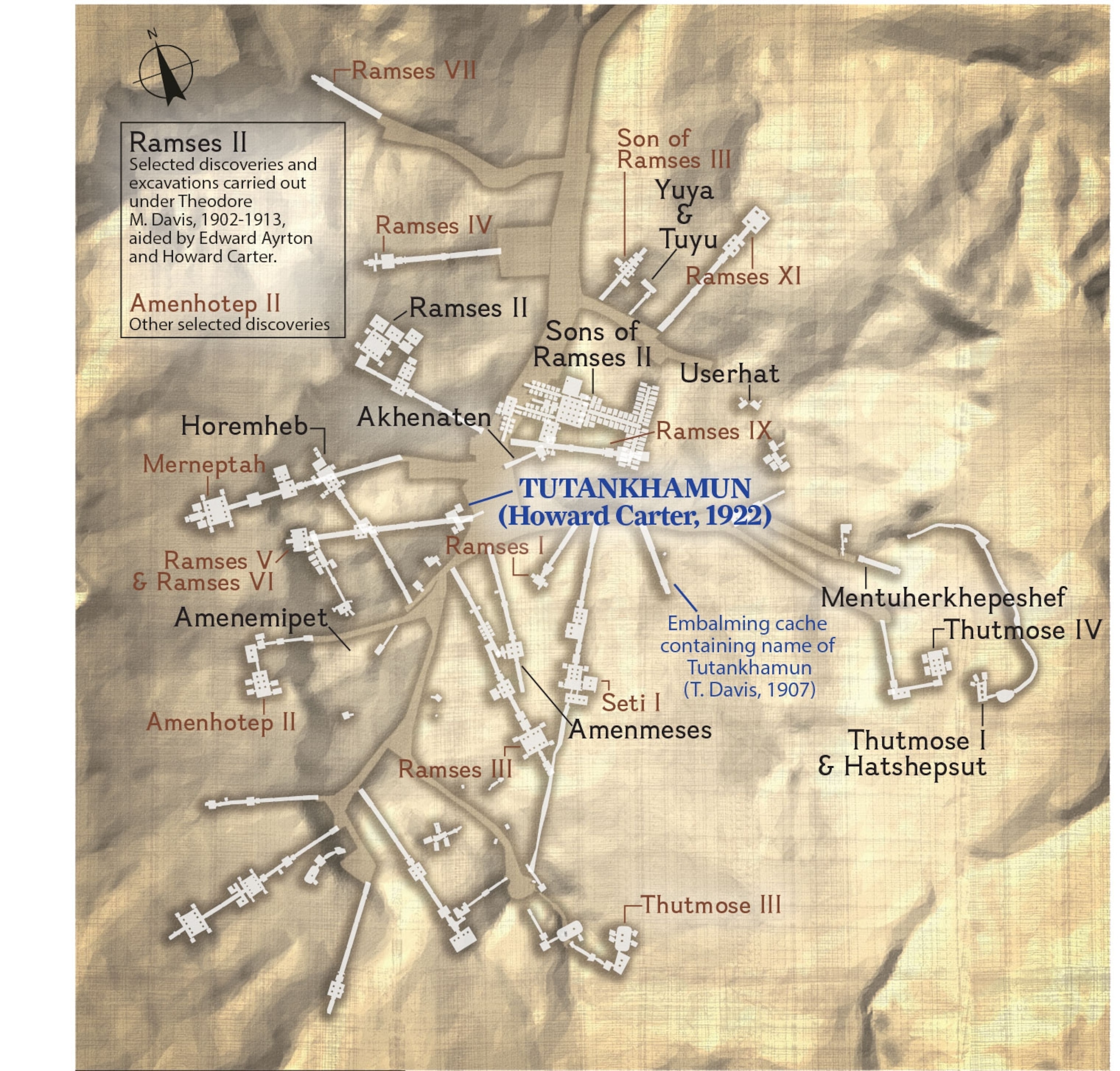
Blessings and Curses
Carter described his first glimpse some years later: “Details of the room emerged slowly from the mist. . . strange animals, statues and gold—everywhere, the glint of gold.” The room Carter saw is now known as the antechamber. By early the next year its contents had been logged and removed, leaving just two statues guarding the door to another area, which Carter had a hunch must be the burial chamber.
That door was opened in February 1923, and the room was found to be entirely taken up with three nested shrines. Deep inside these lay a series of gold sarcophagi, at the heart of which lay the mummy of King Tut wearing his golden funerary mask. Abutting the burial chamber was another, smaller room, which became known as the Treasury. Containing the most precious of Tutankhamun’s royal possessions, it had successfully eluded grave robbers for an astonishing 3,000 years.
King Tut's Treasury
Carnarvon died a few months after the discovery, from an infected mosquito bite. But Carter would survive to complete his work. He continued with the task of inventorying the myriad contents of the tomb, completing his work in 1932. He spent his final years preparing the results for publication, and died in London in 1939, age 64. Carter’s perseverance and good fortune uncovered a little-known pharaoh and made him a phenomenon.
